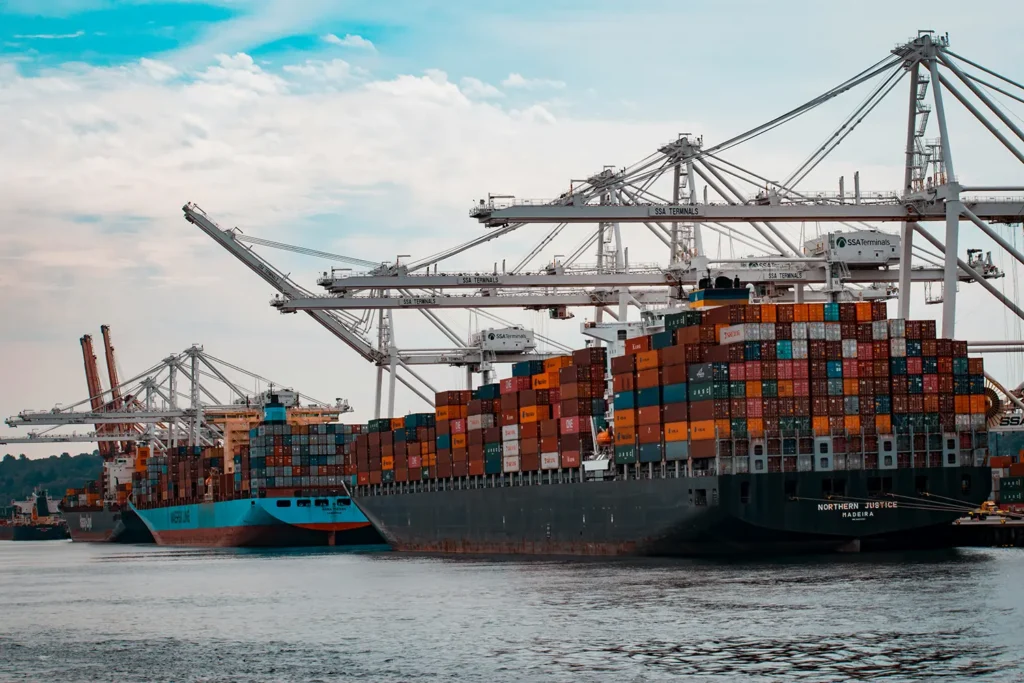The last two years have brought unprecedented disruption to supply chains worldwide, none more so than in the manufacturing powerhouse of China. There is a lot of new terminology from the Chinese authorities on Covid prevention and control. What are the risk levels? What is ‘societal zero’? How long will the government take to lift restrictions?
This blog post will outline some of the most common challenges related to the Coronavirus pandemic within China and expand on the current, real-time climate to help grow your knowledge, keeping you informed when making big decisions.
Definition of High/Medium/Low risk:
The Chinese government have devised three definitions to categorise the level of infection threat posed by an area, as outlined below:
- High Risk – An area with new community transmission cases in the past fourteen days and that has accumulated more than fifty confirmed instances of infection
- Medium Risk – An area with new community transmission cases in the past fourteen days but with less than fifty confirmed cases. A medium-risk label can also be applied to an area if they have had no new community transmission cases in the past fourteen days but have accumulated more than fifty confirmed instances.
- Low Risk – An area with no new community transmission cases in the past fourteen days or that has not accumulated any confirmed cases
The Dynamic Covid-zero strategy:
The Chinese government is continuously asserting its prevention and control policy for Covid-19. In line with their zero-tolerance approach, protective processes are in place, including the dynamic Covid-zero strategy. This strategy refers to the continuous testing, tracing and quarantine of close contacts and suspected cases. The core of the dynamic zero strategy lies in early detection, rapid containment, and cutting off transmission to prevent the pandemic’s continuous spread and large-scale rebound.
Another policy used to contain the spread of the pandemic is Zero community transmission. This term refers to newly discovered infected persons found in quarantined and controlled populations without the possibility of spreading to the rest of society, helping to contain the situation sensibly and efficiently. Authorities have coined a new term for this recently: ‘Societal Zero’.
The last key term we frequently use when describing the Covid landscape is Dynamic Zero Covid. We use this term when highlighting that infection has not spread outside the regions locked down, which is the key to opening up and providing relief for supply chains. However, we also want to draw attention to the fact that an area-wide lockdown could envelop key personnel for many weeks, which is a crucial consideration when onboarding in China.
Logistical Challenges:
As part of china’s zero covid approach to the transmission of the pandemic, many concerns have been raised by international companies, as it becomes difficult and costly to import and transport supplies.
To move freely across China, a list of requirements poses potential challenges from a logistics perspective. Travellers and logistics drivers require 一证一码一卡
(Yi Zheng, Yi Ma, Yi Ka). This requirement includes one negative PCR test report, one green health QR code, and a green 14-day travel history.
Implementing a comprehensive cross-city transportation procedure and the dynamic city risk level situation has led to increases in logistics fees, especially if the risk level of the destination city changes.
Logistics capacity and service level may also differ depending on the risk level. Travel from medium and high-risk cities also requests the driver to stay 14 days of quarantine before the next delivery, significantly impacting their schedule. As a result, some drivers may opt to operate only in a delivery city with low risk and associated health risks.
Changing the Cross City Transportation Procedure:
Recently, the Cross City Transportation Procedure in China has become a significant point of discussion as the country attempts to combat the spread of the coronavirus.
So what does this mean?
Before delivery, couriers need to book appointments with consignees. Logistics companies are then required to provide a comprehensive driver and truck profile. This profile should detail the driver’s name, ID, 24hr PCR test report, health QR code, travel history etc.
The courier must also follow their protocols: registering on the local government website and obtaining an incoming transportation license or code at least 24 hours before goods delivery.
After obtaining the destination city’s incoming transportation license, drivers can deliver the goods, following the pre-planned route and delivery time. Drivers must stick closely to their appointment and return to their origin city immediately after goods unloading. If a secondary batch of goods needs delivery the next day, drivers may be required to stay in their quarantine location.
Once they have returned to the origin city from a low-risk area, drivers must immediately report to the local CDC and take a PCR test. If they travel from medium and high-risk areas, they must request 14 days of quarantine.
How does the zero covid policy affect you? First, be prepared for future changes:
The situation in China is constantly changing; therefore, this blog may be out of date by the time you read it, but it gives an insight into the challenges faced by domestic supply chains and how that has consequences for your business.
Kinyu SCM provides weekly high-level reports via Linkedin, so follow us to keep updated on our LinkedIn page.
If you would like a detailed Covid report on your supply chain, book a free appointment with our team using this link.



